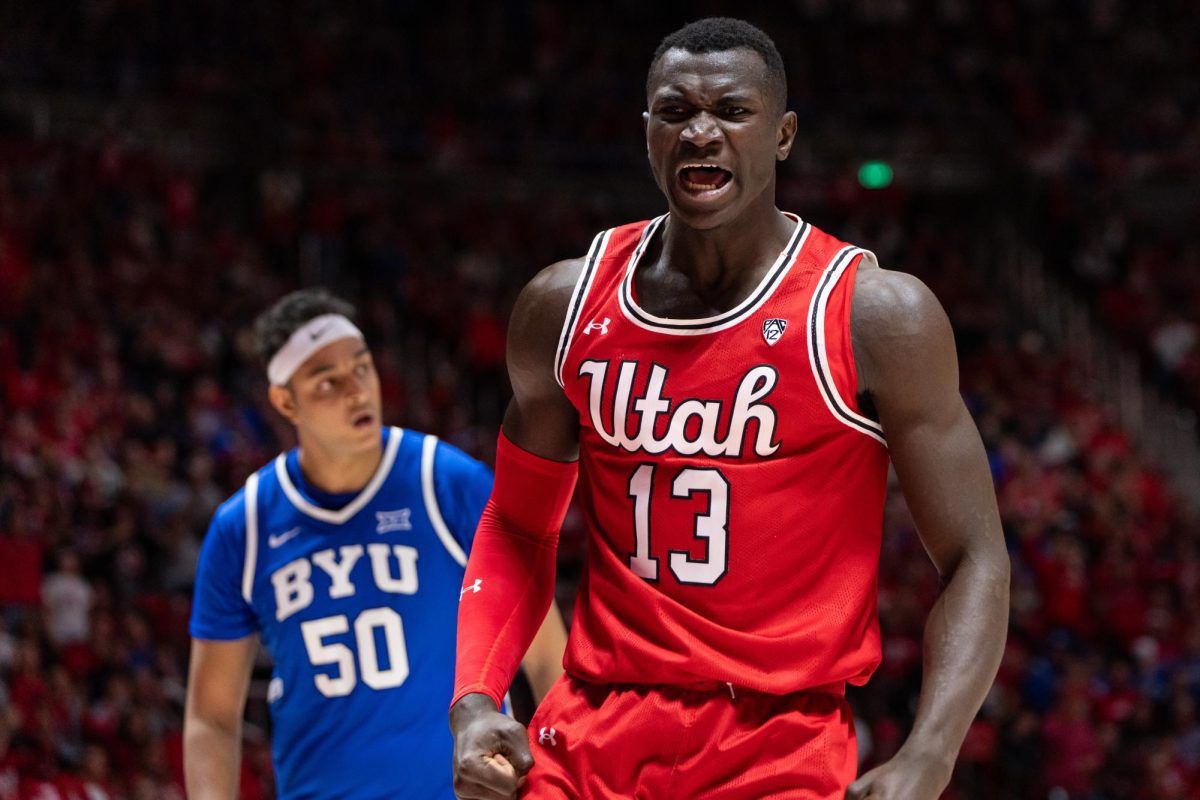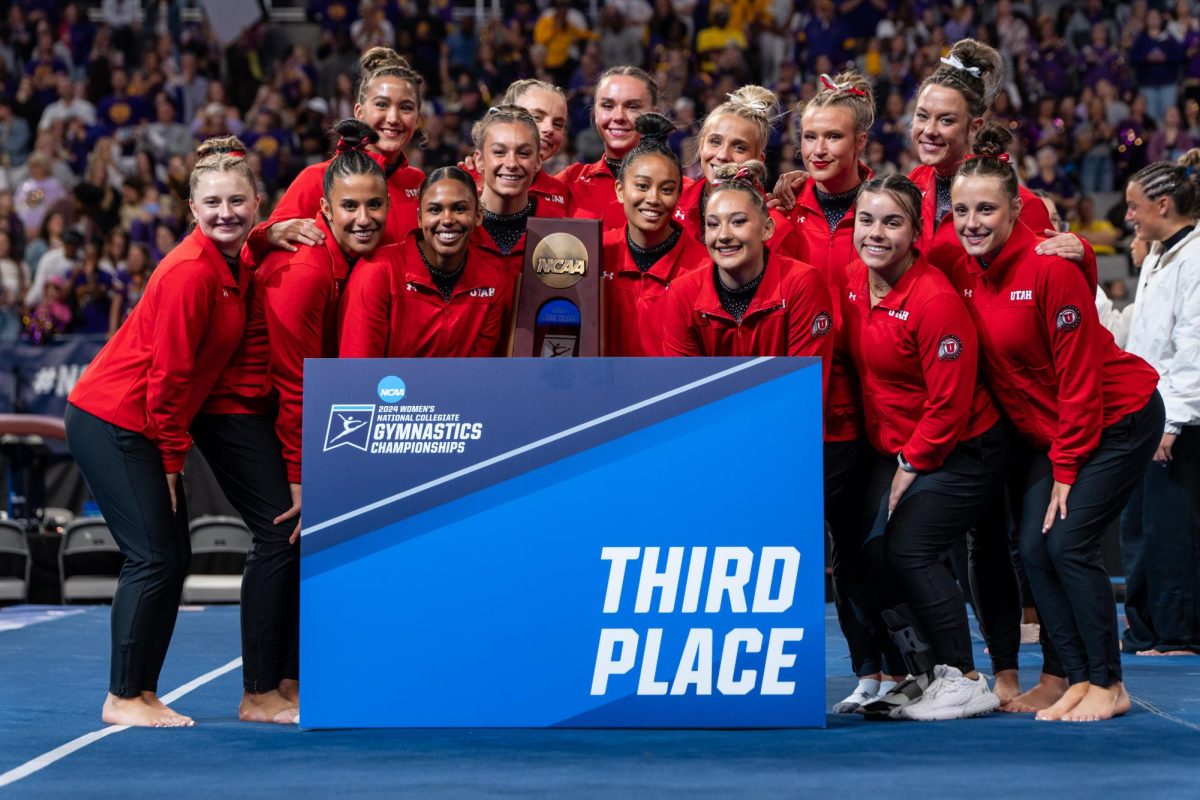


While some might think sports and religion have nothing in common, we decided to take a deeper look at all of the religious references in the sporting world. We’ve researched the seven events or staples that nearly every sports fan has heard of and how they were — or are — influenced by religion.
The Hail Mary
The Hail Mary is a prayer to the Virgin Mary primarily used by Roman Catholics. It is a prayer that asks Mary to intercede on behalf of someone else.
The Hail Mary pass got its start, appropriately, at Notre Dame. In 1922, in a 13-3 win over Georgia Tech, the Irish prayed before each touchdown, leading Notre Dame’s Noble Kizer to say, “That Hail Mary is the best play we’ve got.”
An Associated Press story in 1941 described a Hail Mary pass as “one that is thrown with a prayer because the odds against completion are big.”
It became a widespread term in 1975 when Dallas Cowboys quarterback Roger Staubach connected with Drew Pearson for a 50-yard touchdown strike in the closing minute to for a 17-14 victory over the Vikings. Staubach used the term to describe the play in interviews with the press.
Since then, Hail Mary passes have become some of football’s most famous plays.
Touchdown Jesus
“The Word of Life,” a mural by Millard Sheets, looks over Notre Dame Stadium from the wall of the campus library. The painting depicts a resurrected Jesus Christ with arms raised, closely resembling the arm motion used by officials to signal touchdown. Because of the close proximity to the stadium as well as the upraised arms, the mural has been nicknamed “Touchdown Jesus.”
The John 3:16 game (The Tebow Game)
Tim Tebow was a quarterback who wore his religion on his sleeve — or, more literally, his face. Tebow often wrote John 3:16 in his eye black, in reference to the scripture, and his celebration of praying on one knee also became popular and widely known as “Tebowing.”
During the height of his football career, Tebow was known almost as much for his Christian beliefs as for his football abilities. The John 3:16 game further solidified this.
In a 2012 AFC wildcard playoff game, Tebow’s Denver Broncos defeated Pittsburgh 29-23 in overtime after Tebow delivered an 80-yard touchdown strike to Demaryius Thomas for the game-winning score. With that pass, Tebow ended the game with 316 yards. That wasn’t the only connection between the game and Tebow’s favorite scripture. Here are some of the other correlations: Tebow averaged 31.6 yards per completed pass, the overtime session drew a 31.6 percent television rating, the Steelers finished with a time of possession of 31:06 and Pittsburgh’s Ben Roethlisberger threw the lone interception on a 3rd and 16.
John 3:16 on signs at sporting events
The scripture became popular at sporting events when a man named Rollen Stewart started appearing at games in the 1970s and ‘80s in a rainbow afro wig, wearing a shirt with “John 3:16” on it. Stewart traveled around the country to big events to be showcased on television. He studied where camera angles were to make sure he would be seen.
Stewart, or “Rainbow Man,” didn’t end his spiritual crusade in a positive light. In 1992, Stewart held a maid hostage with a loaded gun in a Los Angeles hotel. In the windows of the hotel, he hung banners with John 3:16 on them. He was convicted of three counts of hostage-taking, and Rainbow Man is now serving three lifetime sentences.
Even with Steward behind bars, John 3:16 still regularly appears on signs at sporting events.
Mascots
Some of the most well-known sports teams in America have mascots that are somewhat influenced by religion. People may not realize it, but teams like the New Orleans Saints, San Diego Padres and Los Angeles Angels, or “Halos,” all have some sort of religious background.
Most of the teams with religiously influenced names have either carried them down from times when religion was more dominant or are referencing the respective city’s history.
Immaculate Reception
Many who are religious are familiar with the “immaculate conception,” a doctrine of the Catholic Church that teaches that the Virgin Mary was conceived free from original sin. But have you heard of the immaculate reception?
In 1972, when the Pittsburgh Steelers and Oakland Raiders squared off in the AFC divisional round playoff game, the Steelers were down in the final 30 seconds of the game. Pittsburgh quarterback Terry Bradshaw threw a desperate pass to receiver John Fuqua when he was hit nearly immediately, losing possession of the ball. However, Steelers running back Franco Harris grabbed the ball out of the air and took it to the house.
That play, which won the game 13-7 for the Steelers, has produced a ton of controversy and speculation, as some say the ball hit the ground before Harris picked up the ball.
The Holy Roller
Like the Immaculate Reception, this play has also been highly scrutinized since it took place back in 1978. In a game between the Raiders and the San Diego Chargers, the Raiders had the ball at the Chargers’ 14-yard line, down 20-14. With the chance to win the game, Raider quarterback Ken Stabler was feeling the pressure from the San Diego defense. When Stabler realized he was about to lose yardage, and the game, he fumbled the ball forward.
After seeing the ball hit the turf, Oakland running back Pete Banaszak picked up the ball, but he couldn’t run away with it, so he threw the football even closer to the goal line. After that, it was the tight end’s turn to get in on the action when Raider Dave Casper attempted to recover the ball. Instead, he batted and kicked the ball into the endzone, where he eventually fell on top of it for the game-tying touchdown.
If you are a Chargers fan, this play is also known as the “immaculate deception.”
[email protected]
@GriffDoug
[email protected]
@millerjryan










